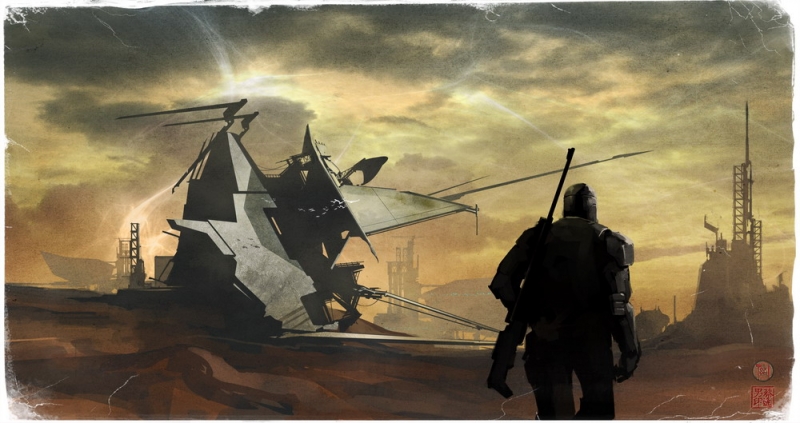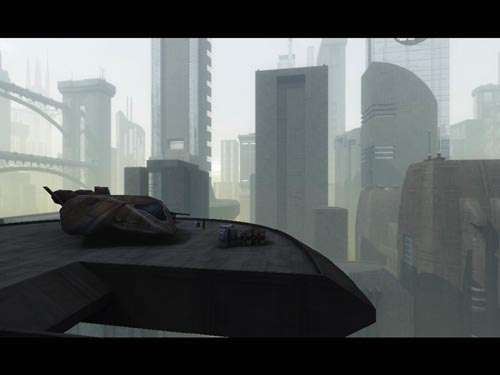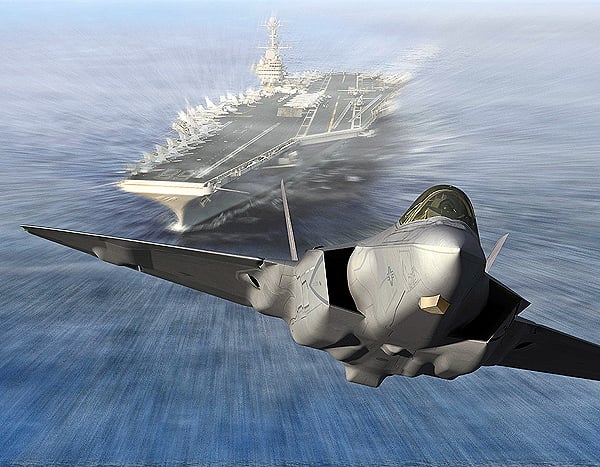The Universal Church of the Celestial Sun is a massive organization that dominates the Known Worlds. The Church touches the lives of each and every sentient. Even pagans and apostates define themselves in terms of their opposition or difference from the Church. Perceptions of the Church obviously vary, but the majority of people in the Known Worlds look to the Church for guidance and attend services at least once a week. They are devout, and are much more likely to follow the direction of a priest than their own Noble masters. This then is the source of the Church's enduring power: Nobles who fall afoul of the Church often find their serfs running away and freemen refusing to work for them.
Because of this, almost all Nobles appear to be devout supporters of the Church. Many really are devout believers. The Church is full of the sons and daughters of Noble families. Others Nobles are less than devout, but they understand that without the Church's blessing, they could and probably would lose all they have. The Noble families and the Church have an implicit understanding: The Nobles support the Church through their tithes and the Church support the Noble's position to rule, which carries immense weight with the serfs. The League of Merchants also has a contradictory relationship with the Church. The League is a much younger institution than the Church and the relationship is often rocky. Yet many lower level guild members come from or are themselves believers. And the League could not withstand a crusade against it by the Church and allied Noble families. Of course, there is balance, and the Church itself relies on Guild technology, often technology it bans for the rest of the Known Worlds.
The Universal Church, is ironically, not quite Universal. There are other religions, although they are practiced in secret for the Church will stop at nothing to exterminate them. Even within the Church, there are distinct divisions.
Orthodox
The largest sect, it is the Orthodoxy that most people associate with the Church. Its priests can be found on all worlds, from the ostentatious bishops of the capital cities to the more humble parish priests in the most poverty-stricken fiefs. While the Orthodoxy has gained a reputation for their cunning political manoeuvres, most priests know little of such things, being entirely too busy protecting the souls of the simple faithful in their parishes. When tragedy strikes, it is still to the Orthodoxy that most of the faithful turn for consolation.
When people refer to ‘the church’, they are referring to the Orthodoxy.
Favoured saints of the Orthodoxy include “St. Lugus”, “St. Junil”, “St. Sabel” and the living patriarch, “St. Barbatos”.
Eskatonic Order
These hermetic sages are often thought of as wizards by the common folk, but the nobles and guildsmen know them for the kooks they often are. While there are many within the order who possess profound wisdom and learning, there are just as many who are obsessed with the end of the universe and who stand on street corners telling everyone about it. Eskatonic history begins in ancient times, during the great ‘soul wars’. They were derived from Amur wizards and hermetics who fought alongside the church to end the spread of the demon-servants and their tyranny and yet they used the heretic magiks often associated with the enemy. And thus there was much struggle and agonizing debate over the fate of the Amur mages and sages. Their continued devotion to the church and their willingness to share their secrets with the orthodox and other sects eventually won the day and they were accepted, at least for awhile. As the years turned into centuries the church led many inquisitions against the ‘Order of St. Oghma’ (as they were known at the time) and purged their numbers of heresy and witchcraft and eventually drove them from the fold.
During the ‘Grand Republic’ the ‘Order of St. Oghma’ was confined to a few minor cities on Errovus, their rites and secrets scrutinized by the church at any moment. That all changed when the Symbiots struck. Suddenly the weapons of the ‘Grand Republic’ were no longer sufficient and it was left to the church to battle for the souls of man in the face of overwealming odds. Knowing that flame-guns and missiles alone would not win the day, the Church called upon the ‘Eskatonics’ (as they had become known in an effort to distance themselves from the heretic ‘old gods’). The Eskatonics were admitted into the fold when their theurgical rites proved effective against the Symbiots. Some see this concession as a sign of weakness as the Orthodoxy struggles to regain ground lost during the Wars, but others quote the old saying: "Keep your friends close, and your enemies closer."
Though publicly the Eskatonics share many of the same saints as the Orthodoxy, in private many also venerate “St. Caswel” and “St. Oghma”.
Brother Battle
This order of warrior monks is the most elite fighting forces in the Known Worlds, surpassing even the Emperor's Phoenix Guard in martial prowess. Originally chartered to protect pilgrims and pursue heretics, the order is now petitioned by noble houses, other Church sects, and even guilds to perform military operations on many worlds, including the infamous Stigmata Front against the dreaded Symbiot invaders. Despite rumors of heresy and usury within their ranks, everyone wants a Brother Battle monk by their side in times of trouble. Though technically bound to obey the directives of the Patriarch Barbatos, some worry that the Brother Battle are gaining too much power as they accumulate lands on frontier worlds where barbarians and heretics remain a threat.
The Brothers Battle are the most recently formed sect, having arisen only at the end of the Grand Republic as the church became more and more involved, once-again, the military affairs of man, although many of their scriptures and popular liturgy can be directly traced to the ‘Cult of Fortune’ of old and their patron saint, Baelious, is thought to have been worshiped as a god in the ancient times.
The Brothers battle are often recruited from the population of ‘House Eekin’s’ serfs and freemen and many are toweringly large blond-haired and blond-bearded men of cunning martial prowess.
Their favoured saint is “St. Baleious”.
Temple Avesti (Avestites)
The Avestites were formed under the personal direction of Patriarch Barbatos during the ‘Soul Wars’ so as to find and root out demonic worship and heretic followers of the ‘pretender gods’. Some whisper that the Avestites were originally formed as a means of blinding the most zealous followers of the ‘Church of Celestial Light’ to its leaders own hypocrisy and secrecy by turning their attention to targets of their choosing. Those that whisper this too openly may soon find themselves stretched over the ‘electro-racks’ and targets of inquisition themselves however.
The Avestites long ago seized most of the seats on the Inquisitorial Synod, but even pilgrims who hold no Inquisition seal have a habit of sticking their noses in other people's business. Avestites consider it their duty to search the Known Worlds for signs of heresy, demonism and any other threats to the faithful, and are not about to let such technicalities as law or status get in the way. Their rejection of learning and dogmatic adherence to certain extreme scriptures makes them the object of fear and hatred for the enlightened, although the peasantry might cheer when one of their betters is the target of Avesti ire. Publicly, they are obeyed, but Avestites who wander alone into dark alleys are sometimes never seen again. Only the most fanatic and ascetic initiates are admitted to this sect.
The Avestites almost universally favour the living patriarch as their saint of choice.
Blossom of Mercy
This order of healers and compassionate mystics is as old as the Orthodoxy, although the Blossoms of Mercy conceded leadership of the Church long ago, preferring to dedicate themselves to the perfection of their salutory arts. Everybody loves the priests and priestesses of Blossom of Mercy, followers of Saint Sirona, for their very touch can effect miraculous cures of injuries and sickness -- at times even when artefact tech of the Grand Republic has failed. When a Blossom comes to town, there is always someone willing to provide hospitality for her. Many serfs and freemen will plant a plum tree in their yard in an effort to win the favour of this beloved sect by paying homage to their most well-known symbol, the plum blossom. Indeed, so beloved by the commoners are they that when one was once accused of witchcraft by an overzealous Avestite, the Avestite was seized by the populace and burned at the stake instead.
In addition to “St. Sirona” many also pay homage to “St. Nantosuelta”.
There a number of smaller and obviously pagan faiths throughout the worlds as well but these are considered heretical and that just won't do!
























